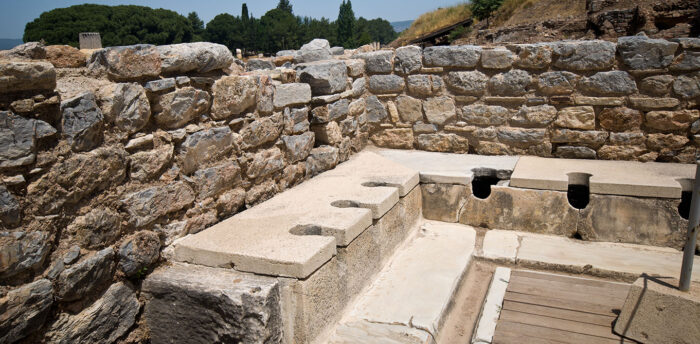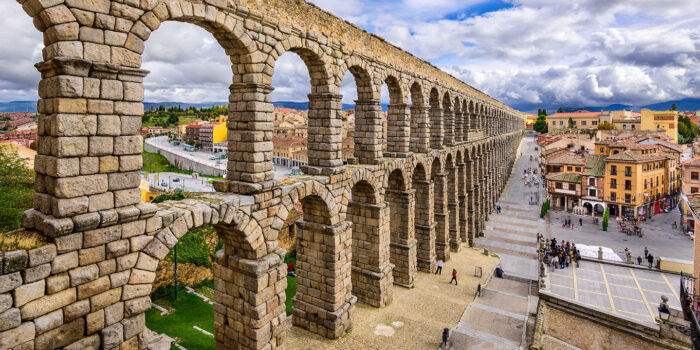The History of Plumbing
Water is an important element for survival and plumbing has played a major part in how civilizations have evolved.
Plumbing originated during ancient civilizations, including the Greek, Roman, Persian, Indian and Chinese. As cities in these areas developed they each created ways to irrigate their crops and provide public baths, wastewater removal and portable water. Here is a timeline of the major historical events that have shaped the modern plumbing systems that we know today.
Prehistory-Middle Ages
- The earliest plumbing pipes were made of baked clay and straw and the first copper pipes were made by the Egyptians. They dug wells as deep as 300 feet and invented the water wheel. We know this because bathrooms and plumbing features have been found in the pyramids for the dead.
- The Greeks mastered the science of hot and cold running water. They made shower technology for athletes to bathe in after their Olympic games.
- The most significant accomplishments were made by the Romans who built channels that carried water from the mountains to the city and was distributed underground with lead lines.
- The Roman baths heated their hot water with wood furnaces. Public latrines had 20 seats arranged in a single room while water constantly ran beneath them and carried waste to the nearest sewer. As cities grew, the waste caused outbreaks and diseases.
- After the fall of the Roman and Greek empires, plumbing technology came to a standstill until many decades later.

Early Modern Plumbing
- John Harington gifted Queen Elizabeth I with the first flushable toilet. She was too scared to use it because it made terrible rushing water sounds.
- In America, Boston pioneered the first water system in the mid-1600’s.
- The first valve-type flush toilet was invented in 1738 by J.F. Brondel.
- Alexander Cumming patented the flush toilet in 1775, the beginning of the modern toilet.
Modern Plumbing
- The first shower was invented in 1810. It continually pumped the same wastewater from the lower basin to the top and dumped water directly above the bathers head. It was considered a novelty and performed only once or twice a year.
- Philadelphia was the first to undertake a safe water supply in 1815. Steam turbines were used to draw water from the Schuylkill River into Centre Square.
- The first public water main was installed under New York streets in 1830. Multiple fires meant there was a need for an adequate water supply for fire fighting.
- The first floor of the White House received running water in 1833.
- In 1848 the National Public Health Act was passed in England and became the role model in plumbing codes around the world.
- America built its first integrated sewer system in Chicago in 1856 because waste was being dumped into Lake Michigan, which also supplied the city’s drinking water. It caused a deadly outbreak and claimed nearly 75,000 lives.
- John Kohler created the first cast iron bathtub in 1883 made from an iron horse trough.
- World War II restricted the use of iron, steel and copper and forced the plumbing industry to start using new materials like plastics.
- Water saving laws started to be introduced in 1978. California was prohibited to use more than 3.5 gpf.
- Low-flow toilets are created to conserve water in 1992. These models us about half the water per flush than older models.

